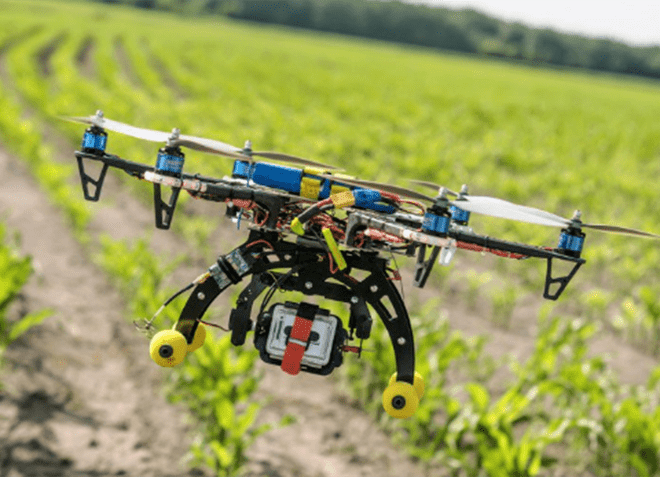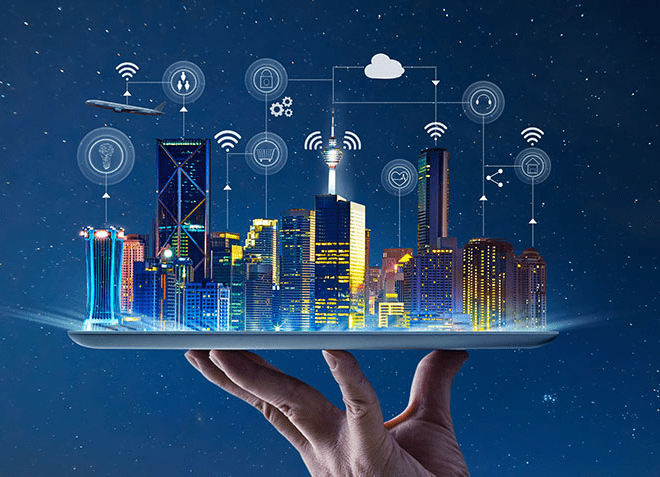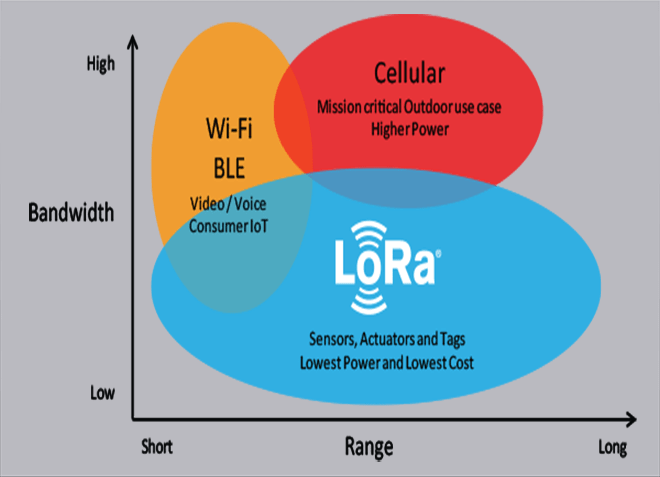Agriculture is the backbone of economic growth of any nation. Driven by the growing global population, the agriculture sector needs to implement efficient automation technologies for improving yields for feeding such a vast population. According to the International Monetary Fund (IMF), the global population is expected to reach over 9.6 billion by 2025. Several complex challenges like crop-threatening, weather conditions, climate changes, and monitoring environmental impacts are not possible to overcome with implementing the traditional agricultural methods.
Agricultural producers should adopt revolutionary strategies for food production, high productivity, and automation in farming. Smart farming based on IoT technologies can reach all of the above-depicted factors. Among all other sectors like construction, manufacturing sectors, the agriculture sectors are proving to be central to the growth of the Internet of Things (IoT) industry worldwide. Smart IoT products will help farmers, manufacturers and other industrial clients with a new way of conducting their businesses with fewer efforts.
In the agriculture sector, deployment of significant automation technologies like IoT only can transform the conventional farming methods into groundbreaking smart farming. Smart farming based on IoT technology enables farmers to enhance crop yields while reducing wastage. Tons of data about weather conditions, soil quality, crop’s growth, and cattle’s health will all be captured and stored for helping the farmers to track the status of the entire lifecycle of the crops. As IoT enabled devices offer.
Multiple IoT technology-based products such as sensors, soil monitoring devices, water monitoring systems, agricultural drones, and etc., are playing a vital part in Smart Farming. IoT sensors have the capability of providing valuable information about rainfall, crop yields, pest infestation, and soil nutrition. In addition, these sensors also provide accurate information for enhancing farming over long-run. Thus, usage of IoT-enabled sensor products in agriculture ensure automation in the entire irrigation system and results into healthy crop yields.
Applications of IoT in Agriculture:
The key applications of IoT in Agriculture:
Precision Agriculture:Precision agriculture is one of the significant concepts of farming management. It is the major application of IoT in the agriculture sector. IoT sensors, control systems, robotics, self-directed vehicles, computerized hardware and etc., will work together to manage and control the growth of crops. The precision farming trend is expanding with high internet accessibility, connected devices and the growing adoption of IoT technologies.
Greenhouse FarmingGreenhouse farming improves the production of vegetables, fruits, and crops etc., by controlling environmental parameters. The smart greenhouse method is designed with the help of IoT, specifically for reducing the manual efforts and automating the irrigation systems from the planting to production.
Diversified IoT sensors are required to capture the valuable data of the environmental parameters. In general, the IoT sensors fixed in a greenhouse will provide information about light levels, pressure, humidity, and temperature. Moreover, these sensors can also control the actuators to do automatic window open &Close, and lights on &Off etc., operations through a Wi-Fi signal.
The Advantages of using IoT Enabled Wireless Sensors in Green House:
- Reduces working hours spent in the greenhouse.
- Improves the quantity and quality of internal crops.
- Ensures high production volumes.
- Easily detects the damaged plants by the pathogen.
- Saved data history on the web.
- Predicts the quality and quantity of production based on the quantity of previous yields.
- Provides high data accessibility at anytime from anywhere.
- Saves fertilizer.

Continuous crop monitoring, planting, crop spraying, irrigation, and soil and field analysis are automatically done by the ground-based and aerial-based drones. Accordingly, using these unmanned aerial vehicles (UAVs), an assessment on crop health and integrated GIS mapping are also carried out. Usage of drones is expanding faster than ever in the agriculture industry.
Monitoring of Climate Conditions:In Smart farming, IoT sensors will be located across the crop area and are engaged in collecting information from the environment and sending it to the cloud. The captured environment data will be used to map the climate conditions and assists the farmers in selecting the appropriate crops at the right season.
Monitoring Livestock’sWireless IoT applications collect data of the location and health of the cattle. This information assists farmers in identifying the infectious diseases in animals and thus prevents the spread of disease to other animals.
Data Analysis:The data collected by IoT sensors not only used for analyzing the conditions of weather, crop, and cattle but is also utilized for improving the performance and efficiency based on captured analytics. The data will enable farmers to forecast the quantity of crop yields.
Conclusion:Based on the aforementioned applications, IoT sensors and systems ensure high productivity and profitability by providing dynamic crop and livestock information to the farmers. Irrespective of Crop field area, every farmer should know the benefits and potentiality of IoT in the agriculture sector. By deploying smart IoT solutions, the farmers will surely achieve higher crop yields.
Teknovate is offering sensor products to encourage and spread smart agriculture. Explore our Smart Agriculture and the best which fulfills your requirement.




